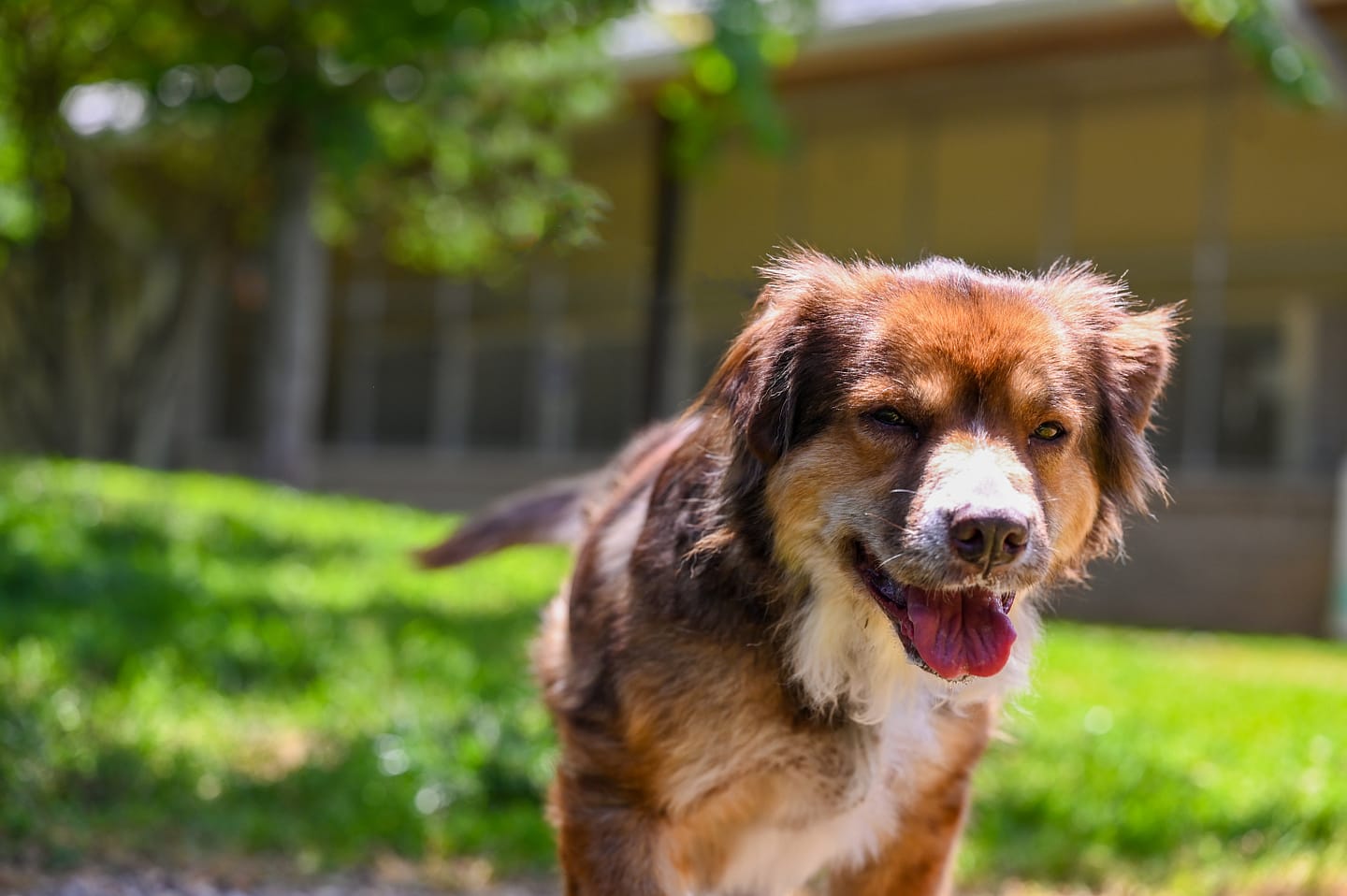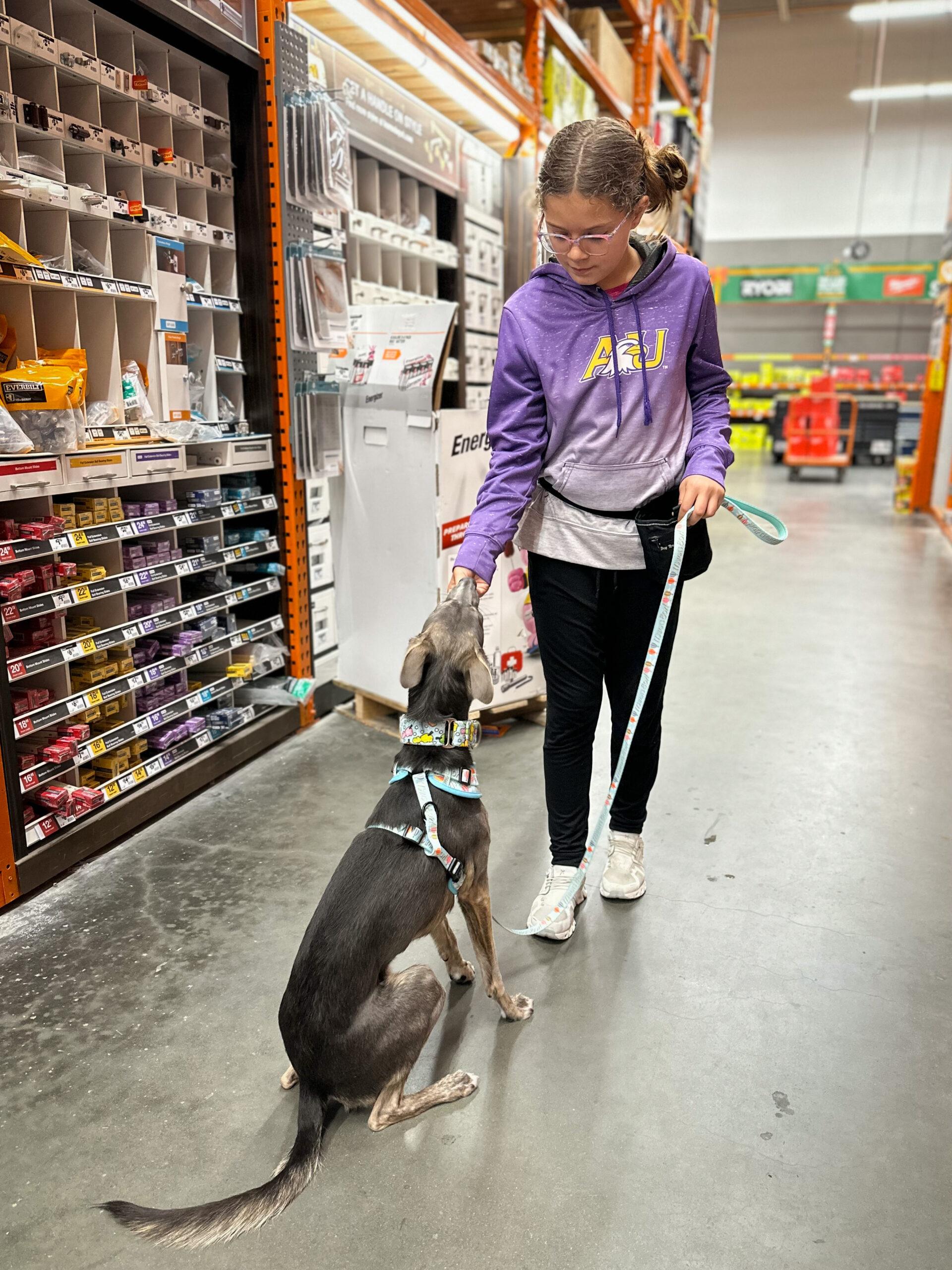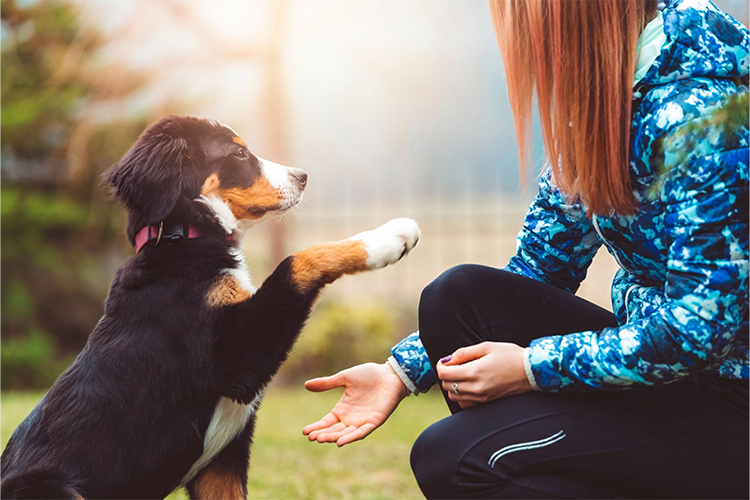Discover the Top Mistakes to Avoid in Dog Training
Discover the Top Mistakes to Avoid in Dog Training
Blog Article
Necessary Tips for Effective Dog Training: An Overview for Pet Owners
Reliable canine training is a multifaceted process that needs a strategic technique tailored to both the pet dog's temperament and the owner's goals. Recognizing exactly how to navigate these challenges can significantly boost the training experience, eventually changing the partnership in between owner and pet.
Comprehending Dog Habits
Comprehending pet actions is vital for reliable training and fostering an unified relationship between dogs and their owners. dog training. Pet dogs connect largely via body language, vocalizations, and actions, making it critical for proprietors to interpret these signals accurately.

Socializing plays a considerable function in canine behavior; exposure to numerous settings, people, and other pets can significantly influence a pet dog's personality. Aspects such as type qualities and specific character ought to direct training techniques, as some types may have particular behavior attributes that necessitate tailored strategies. By comprehending these aspects, proprietors can create an encouraging atmosphere that encourages favorable habits, leading to effective training outcomes and a much deeper bond with their pet dogs.
Developing Constant Commands
Efficient interaction with your pet starts with establishing regular commands. This foundational component of training is critical for promoting understanding between you and your pet dog. Uniformity in the commands you use guarantees that your canine can reliably connect certain words or phrases with the desired actions.
When picking commands, select clear, distinctive words that are easy to separate and state from one another. Stay clear of using similar-sounding commands that may puzzle your pet. Utilizing "rest" and "stay" is proper, yet "rest" and "struck" could lead to misconceptions.
In addition, keep the exact same tone and volume for each command. Dogs are delicate to singing signs, so differing your tone can develop confusion.
It is just as vital to ensure that all family participants get on the same web page concerning the commands used. A united front in command use will prevent combined signals and strengthen the discovering procedure.
Favorable Support Methods
The power of positive reinforcement in pet training lies in its capability to motivate desired behaviors with incentives and praise. This method is grounded in the principle that habits followed by favorable outcomes are most likely to be duplicated. By including favorable support into your training program, you can efficiently form your canine's behavior in a constructive way.
To carry out favorable support, it's important to determine what inspires your pet dog, whether it be treats, playthings, or spoken praise. When your dog does a wanted activity, such as remaining on command, immediately award them with a treat or love. This organization Continue between the command and the positive result enhances their understanding.
It's vital to timing the rewards properly; delivering the reinforcement within secs of the desired behavior helps your pet make the connection (dog training). Furthermore, uniformity is essential-- guarantee that all member of the family use the exact same commands and reward systems to prevent complication

Slowly, you can reduce the regularity of deals with as your dog discovers the behavior, transitioning to commend or recurring incentives. This technique not just cultivates a solid bond in between you and your pet dog but additionally advertises a favorable discovering atmosphere, making training a pleasurable experience for both.
Socialization and Interaction
Continually revealing your dog to a selection of atmospheres, people, and various other pets is critical for their social development. Socializing ought to start early, ideally throughout the vital home window of 3 to 14 weeks, when puppies are most responsive to brand-new experiences. Older dogs can likewise benefit from ongoing socialization efforts.
Present your dog to different setups, such as parks, pet-friendly stores, and city locations. This direct exposure aids them adjust to various stimulations, minimizing stress and anxiety and worry actions. Encourage positive communications with other pet dogs and individuals, ensuring that these experiences are safe and regulated to cultivate self-confidence.
Make use of organized playdates with courteous pet dogs, as this can improve your canine's social abilities and instruct them ideal behavior. Obedience classes and training sessions likewise provide exceptional opportunities for socializing, permitting your dog to engage with others in a supervised setting.
Screen your canine's body language during communications, as this will certainly aid you determine their convenience degree. Gradually raise exposure to even more difficult situations while making certain that each experience is favorable. A well-socialized pet is more most likely to exhibit balanced actions, making them a pleasure to have in any setting.
Resolving Typical Training Challenges
Every pet dog proprietor will certainly experience training difficulties at some point, no matter of their pet dog's age or socialization level. Determining usual concerns such as stubbornness, disturbances, original site and fearfulness can aid in creating reliable methods for improvement.

Gradually introduce diversions as the canine becomes more skilled in commands. Short, constant training sessions are additionally reliable in keeping focus.
Terror can prevent a pet dog's understanding procedure. Progressive desensitization to the resource of concern, combined with positive support, can assist ease stress and anxiety. Persistence is important; never ever require a pet right into a circumstance that creates distress, as this might worsen the issue.
Inevitably, understanding and attending to these usual dog training difficulties with a structured method will certainly cultivate a much more efficient training experience, enhancing the bond in between canine and proprietor while promoting efficient discovering.
Conclusion
In summary, successful canine training counts on a detailed understanding of canine behavior, the establishment of consistent commands, and the application of positive reinforcement strategies. Socialization plays an essential function in developing well-adjusted pets, while addressing typical training difficulties calls for patience and adaptability. By implementing these essential strategies, pet dog owners can promote a strong bond with their pets and advertise preferable habits, ultimately causing a harmonious partnership in between people and their canine buddies.
Understanding dog habits is important for efficient training and fostering a harmonious relationship in between pooches and their owners.Socialization plays a substantial duty in dog actions; exposure to numerous settings, individuals, and other pets can substantially influence a pet's character.The power of positive support in pet training lies in its ability to encourage desired habits via incentives and praise. By integrating favorable support right into your training routine, you can effectively form your dog's habits in a positive way.
In recap, effective pet dog training depends on an extensive understanding of canine actions, the establishment of consistent commands, and the application of positive support strategies.
Report this page